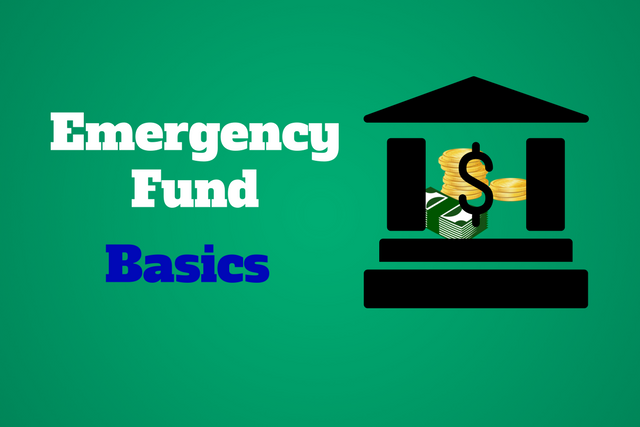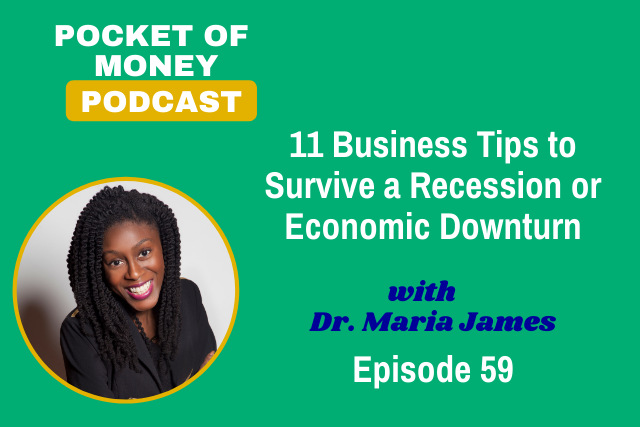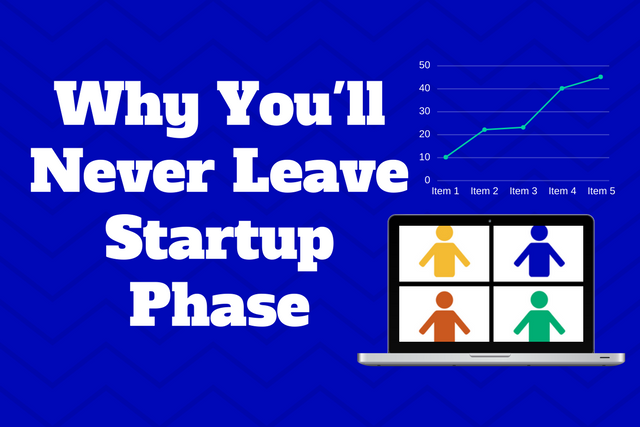How to Budget by Paycheck and Break Free from the Paycheck-to-Paycheck Cycle

Living paycheck to paycheck can feel like an endless cycle, leaving little room for financial security or long-term goals. However, one powerful method to take control of your money is budgeting by paycheck. This approach ensures that every dollar has a purpose, helping you cover expenses, save for the future, and reduce financial stress.
What is Budgeting by Paycheck?
Budgeting by paycheck means planning your finances based on your actual pay periods rather than using a monthly budget. If you get paid weekly, biweekly, or twice a month, you allocate expenses, savings, and discretionary spending accordingly.
Instead of trying to stretch a monthly budget across different pay periods, this method ensures that your money works for you as soon as you receive it.
Steps to Budget by Paycheck
1. Know Your Income and Expenses
Create a list of all your income sources and the dollar amounts. Create a list of all your expenses. Include:
- Fixed expenses – the same dollar amount each month e.g. rent/mortgage, insurance
- Variable expenses – varying dollar amounts each month e.g. groceries, gas, entertainment
- Debt payments – the amount you pay for each loan e.g. car loan, credit card, student loan
- Savings and investments – the amount you put towards savings or invest (this is an investment into your future, but for the purposes on a budget it is an expense as it is money being distributed from your paycheck)
Once you have everything listed, determine appropriate categories for income and expenses. This is important to understand where your money is going. This is necessary to stay on track with household bills, but also and more importantly your financial goals.
2. Match Bills with Your Paychecks
Once you have listed all your expenses, determine which bills should be covered by each paycheck. In other words, assign each bill to a paycheck. For example, if you get paid twice a month:
- Paycheck #1 could cover rent, utilities, and groceries.
- Paycheck #2 could go toward debt payments, gas, savings, and other living expenses.
If you’re finding that you’re short on money before the next paycheck, then adjust your payment due dates so your cash flow covers everything.
Do a cash flow and balance forecast in order to see how spending decisions will directly affect your available cash.
3. Prioritize Essentials and Savings First
You’ve likely heard of one of the golden rules of money … pay yourself first. Send the dollar amount you can save to your savings account before paying for anything else.
Next, before spending on non-essentials aka wants, allocate money toward essential items needed for survival:
- Rent/mortgage
- Utilities
- Food
- Transportation
Knowing your necessities or essential bills are covered can alleviate some financial stress and help prevent financial emergencies.
4. Curb Overspending
There are two key actions you can take to curb overspending and make smarter spending decisions.
1) Use the envelope system
You can use physical envelopes or digital ones. Withdraw cash for categories like groceries, dining out, or entertainment, and only use what’s in the envelope to pay for expenses in those categories. You can also use budgeting apps with digital envelopes if carrying physical cash isn’t your style.
2) Use a cash flow and balance forecast
Create a cash flow and balance forecast to be able to quickly see how a spending decision will affect your cash flow and cash balance (the actual dollars in the bank).
Start with your available cash balance. Then create a table with four columns. Put the headers of date, description, amount and balance. Write down the expected income and expenses for the time period of interest. For each subtract or add the transaction amount from the available balance.
5. Build a Cushion to Escape the Cycle
You have to create a financial buffer aka an emergency fund. This will help mitigate financial issues such as a delayed paycheck or unexpected expense.
The key to breaking free from the paycheck-to-paycheck cycle is creating a financial buffer. Start by setting aside whatever dollar amount you can per paycheck in a separate savings account. Over time, this emergency fund will reduce reliance and stress about each paycheck.
While a complete emergency fund is 9 -12 months worth of bills, this is a large amount of money. Stair-step your way to this dollar amount. Set intermediate goals such as $500, then $1,000, then $3,000, then $5,000 etc.
6. Increase Your Income or Cut Expenses
To truly break the paycheck-to-paycheck you also have to increase the gap between your total monthly income and your total monthly expenses. There are two ways to achieve this: increase your income and decrease your expenses.
Cut Expenses:
Review your spending habits and determine where you can decrease the amount you spend. Do this for both fixed and variable or flexible expenses. One of the biggest budget categories that usually have the most wiggle room is food (groceries and eating out). Determine in which other categories you can create wiggle room.
Increase Income:
Determine the best way to increase your income. Think about ways within your career and outside of it using side hustles. Consider negotiating a raise or promotion or using your skills and experience to get a higher paying job.
Consider using those same skills and experience or non-job related skills to start a side hustle that can bring in a few hundred dollars a month or more.
Start with decreasing expenses as you’ll see a faster result. Once you’ve reviewed your expenses and determined where you can free up some money, work on determining how to increase your income.
7. Adjust and Review Regularly
Life is fluid and things change. Your finances are the same. A budget is not set in stone. If you try to use it in that manner then you likely feel that you’re always failing at budgeting. Review your spending mid-month so you can adjust your budget categories to stay on track.
Consistently review and create cash flow and cash balance forecasts to make buying decisions that will allow you to distribute your cash flow to cover bills and goals and see where you can free up money.
Final Thoughts
Budgeting by paycheck is a practical and flexible way to manage money effectively. By aligning your spending with your pay schedule, prioritizing savings, and cutting unnecessary expenses, you can take control of your finances and eventually break free from the paycheck-to-paycheck cycle.
Start small, stay consistent, and watch your financial stress decrease as your savings and stability grow.






Responses